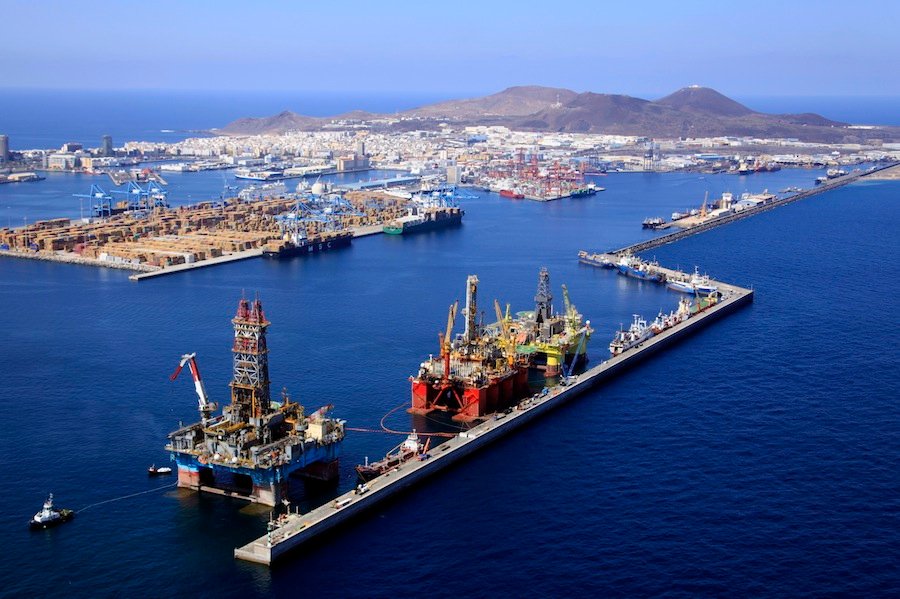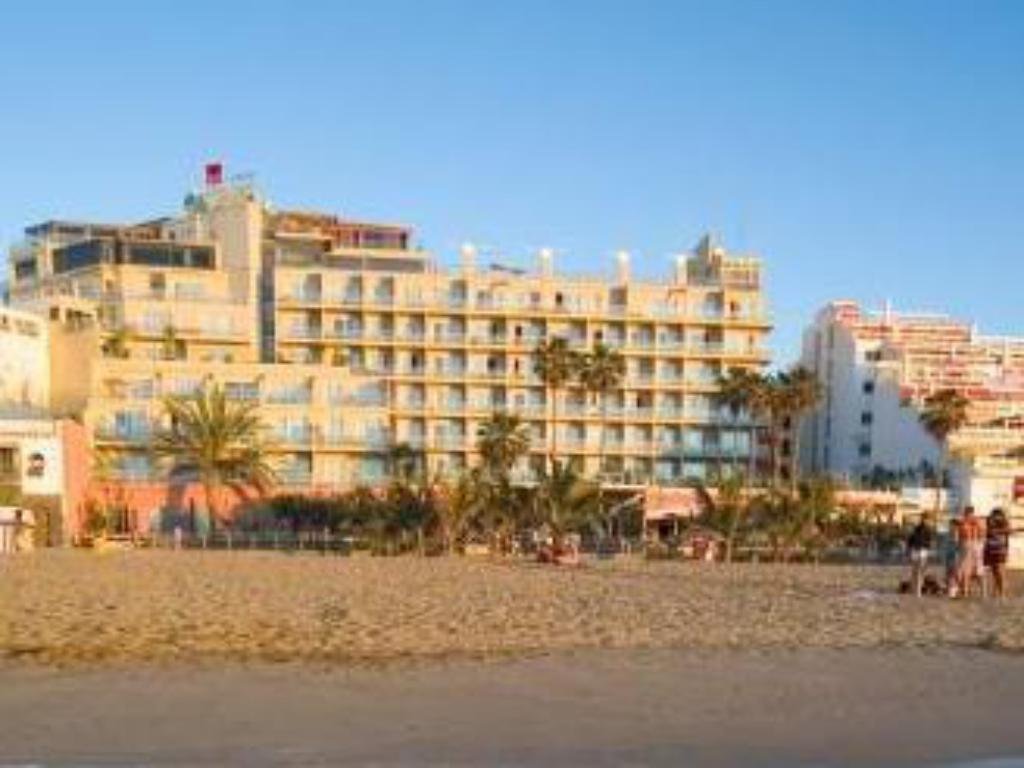Las Palmas
WELCOME TO Las Palmas
Province Overview
Las Palmas de Gran Canaria
1,560 km2
850,000
Spanish

Popular
Geography and Tourist Attractions
Information about the province's tourist attractions, including popular destinations, events, and activities.

Las Canteras Beach

Roque Nublo

Vegueta Old Town
Political
Economy and Government
The Las Palmas region in Spain, specifically Las Palmas de Gran Canaria, has a diverse economy driven by various sectors. Tourism plays a significant role, with the region attracting a large number of visitors who come to enjoy its beautiful beaches, year-round pleasant climate, and cultural attractions. The tourism industry supports a wide range of businesses, including hotels, restaurants, and leisure activities.
Additionally, Las Palmas has a thriving port, which serves as a major hub for cruise ships and maritime trade. The port facilitates the import and export of goods, contributing to the region's economy.
The government of the Las Palmas region, like the rest of Spain, operates within a democratic framework as part of the Spanish government structure. The region has its own regional government, known as the Canary Islands Government, which oversees local governance and the administration of public services.
Furthermore, the Las Palmas region benefits from various government initiatives aimed at promoting economic growth, sustainable development, and investment opportunities. These efforts help to create a favorable business environment and support the ongoing economic vitality of the region.

History
History and Culture
Las Palmas in Spain, particularly Las Palmas de Gran Canaria, has a rich history and vibrant culture that reflects its unique geographical location and diverse influences. The region's history dates back centuries, with the Canary Islands being inhabited by the Guanche people before the Spanish colonization in the 15th century.
The historic district of Vegueta in Las Palmas preserves the architectural heritage of the colonial era, featuring beautiful buildings, squares, and churches. Casa de Colón (Columbus House) is a notable landmark that showcases the connection between Las Palmas and Christopher Columbus.
Las Palmas embraces cultural diversity, with influences from African, Latin American, and European traditions. The region hosts various cultural events and festivals, such as the Carnival of Las Palmas, known for its elaborate costumes, music, and dance.
Museums like the Museo Canario and the Casa-Museo Pérez Galdós provide insights into the indigenous culture and the life of influential Spanish writer Benito Pérez Galdós, who was born in Las Palmas.
The region also boasts a thriving music and arts scene, with venues hosting concerts, theater performances, and art exhibitions.
Las Palmas' history and culture create a vibrant and dynamic atmosphere that attracts visitors from around the world, offering them a unique blend of heritage, artistic expression, and cultural experiences.
HOTELS

Santa Catalina, a Royal Hideaway Hotel

Seaside Palm Beach

Hotel Reina Isabel
RESTAURANTS

Restaurante Los Guayres

Restaurante La Aquarela

